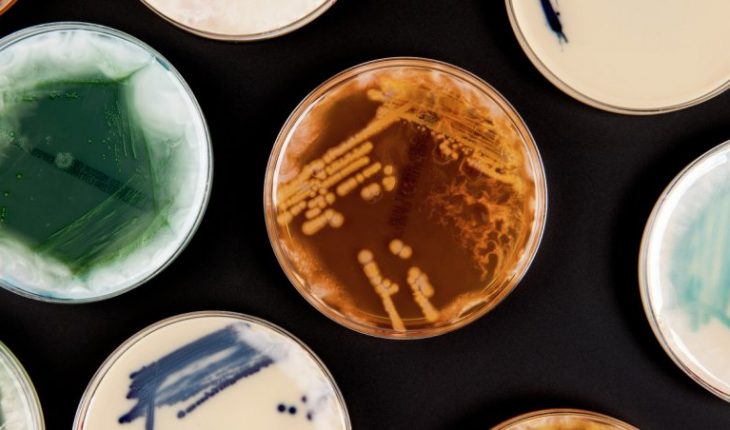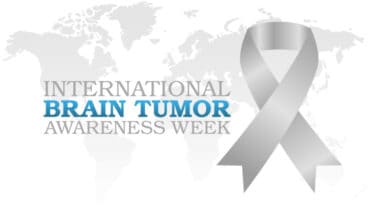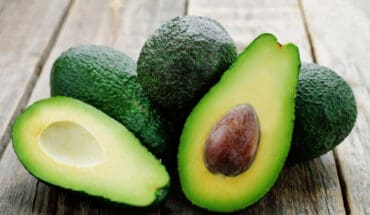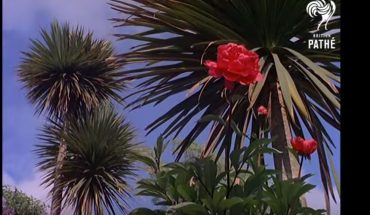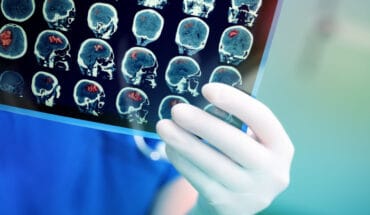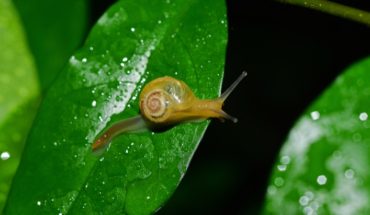The relentless ongoing battle to fight the spread of deadly superbugs is explored in Superbugs: The Fight for Our Lives, a new exhibition at London’s Science Museum which runs until February 2019. Superbugs kill almost 700,000 people a year and by 2050 this could rise to 30 million. A quarter of the world’s population are infected with tuberculosis (TB, in a latent form) with drug-resistant TB becoming an issue for many countries.
In 1945 Sir Alexander Fleming picked up his Nobel Prize for helping to discover antibiotics, the greatest medical research advance of the 20th century, whilst working at St Mary’s Hospital, Paddington. He discovered that mould growing in one of the Petri dishes he had left during his holiday stopped the growth of surrounding bacteria. This led to the development of Penicillin at Oxford University in 1939, where it was used on humans for the first time, in 1941. The Science Museum’s show recreates Fleming’s work at St Mary’s hospital labs.
Nearly a century after Alexander Fleming discovered penicillin – bacteria seem to be winning the battle. Thanks to antibiotics, millions of people every year are cured of previously untreatable bacterial diseases. But bacteria have fought back, evolving into superbugs resistant to even our most powerful antibiotics.
Thanks to antibiotics, millions of people every year are cured of previously untreatable bacterial diseases. But bacteria have fought back, evolving into superbugs resistant to even our most powerful antibiotics.
During his Nobel speech Sir Fleming warned: ‘It is not difficult to make microbes resistant to pencillin.’ His prediction is coming true. There are now 26 antibiotics available for humans, but none have been launched since 1987. Bacteria are adapting and developing resistance to antibiotics so that scientists are having to move ever faster in developing new antibiotic drugs.
Thirty years since the last new class of antibiotics were approved for human use, scientists are hunting for antibiotics in unusual places. The exhibition highlights the work of American scientists who are using the blood of Komodo dragons to treat infections. Researchers at George Mason University in Virginia found a molecule in the dragons’ blood which has strong antibacterial properties and developed it for use in wound treatment. Visitors to the Science Museum can see Komodo dragon blood and watch as University of Illinois researchers dive into Icelandic fjords, a potential source of new antibiotics. Brazilian leafcutter ants will also be on show. Scientists from the University of East Anglia believe the superbug killing antibiotics produced by bacteria which live on the ants may be another source of antibiotics.
The exhibition illustrates how dangerous infections acquired in hospitals can be with personal stories: Geoffrey, a former patient spent five months in isolation after antibiotics failed to treat an infection acquired during surgery. Doctors Zoe Williams and Imran Rafi examine why millions of antibiotics are taken unnecessarily, and visitors can investigate how Sarah Whitney prevents antibacterial spreading at The Royal Marsden NHS Foundation Trust. With agriculture responsible for almost half of antibiotic use, the exhibition also explores how a robot ‘chicken’ and listening to pigs coughing can help farmer reduce antibiotic use.
Visitors will see twelve real bacteria colonies in the exhibition, including nine bacteria that the World Health Organisation (WHO) classifies as a significant threat to human health. Grown by the bioartist Anna Dumitriu, these include Staphylococcus aureus, one of the earliest superbugs identified and Neisseria gonorrhoeae, which now has several resistant strains. Penicillium mould, recently grown from original samples used by Alexander Fleming in the discovery of penicillin, will be on display along with a digital interactive examining the microscopic world of bacteria.
Penicillium mould, recently grown from original samples used by Alexander Fleming in the discovery of penicillin, will be on display along with a digital interactive examining the microscopic world of bacteria.
To raise awareness of how antibiotic resistance comprises the treatment of life-threatening infectious disease, like tuberculosis, WHO has organised World Antibiotics Awareness Week which runs from 13 November – 19 November this year.
Entries for the £8 million Longitude prize, which seeks a way to quickly diagnose the difference between a viral and bacterial infection will also be on display. South Africa’s Stellenbosch University is developing a test that can detect when the body’s immune system responds to a bacterial infection, while the UK’s GFC Diagnostics has created a test which turns blue when bacteria when antibiotic resistant genes are identified.
Ian Blatchford, Director of the Science Museum says: ‘As the home of the greatest medical collection in the world, it is fitting that the Science Museum is to open an exhibition on antibiotic resistance – the most pressing medical challenge facing our society. With the resurgence of diseases once thought banished to history books, this exhibition shines a light on the remarkable scientific research that could stop the spread of the superbugs.’
Darwin himself would be impressed, but perhaps not surprised by the ingenuity and resilience of bacteria and the ingenuity of scientists that are battling to outwit and destroy them.
Superbugs: The Fight for Our Lives
9 November 2017 – Spring 2019, A free exhibition at the Science Museum
Sponsored by Pfizer and Shionogi, supported by UK Research and Innovation and the University of East Anglia.
- People’s Choice Victory for Down’s Syndrome Scotland Garden at Chelsea 2025 - 28th May 2025
- Cadogan: A Chelsea Family By Tamsin Perrett - 3rd May 2025
- Dream Worlds a new exhibition in Cambridge - 14th December 2024

